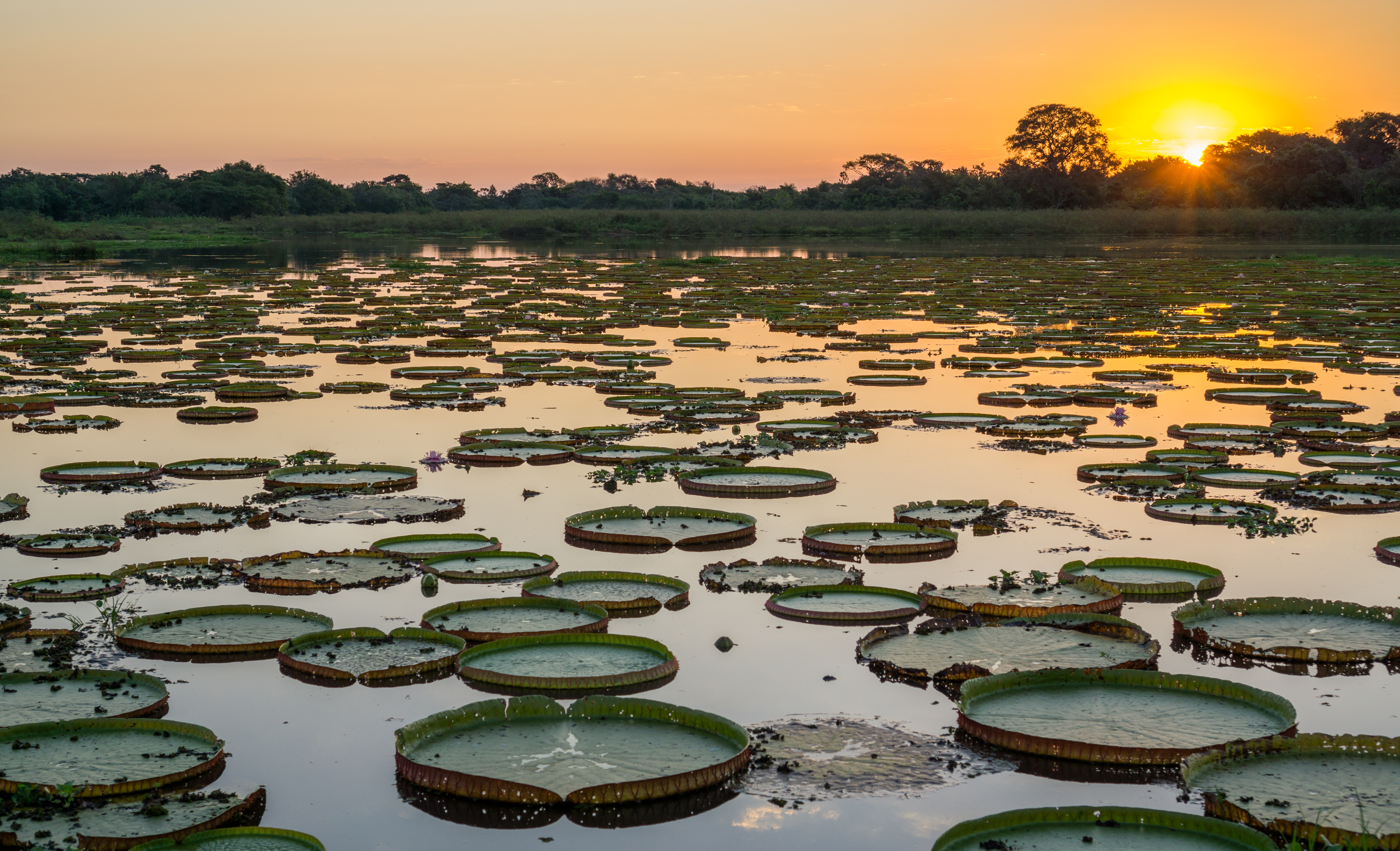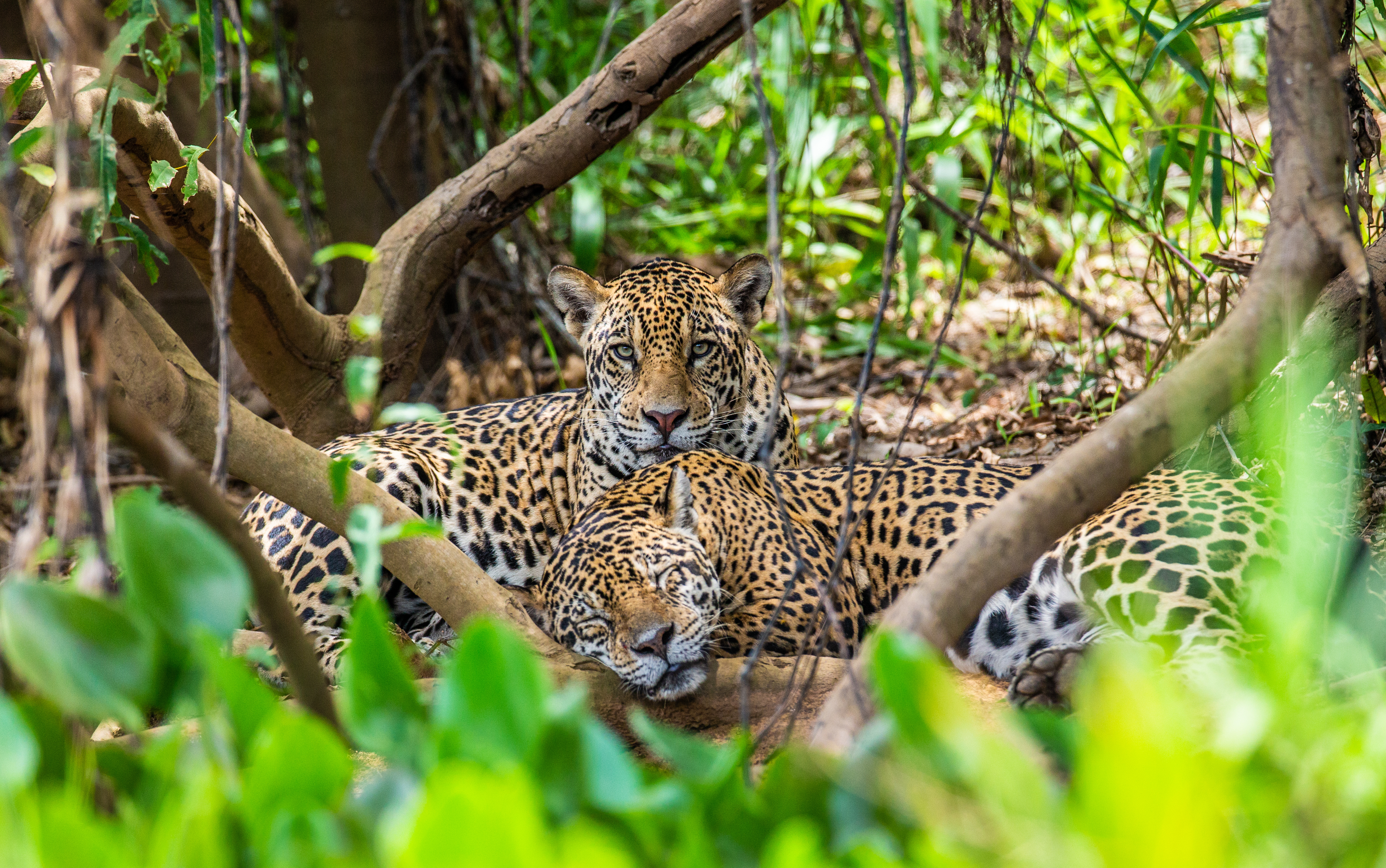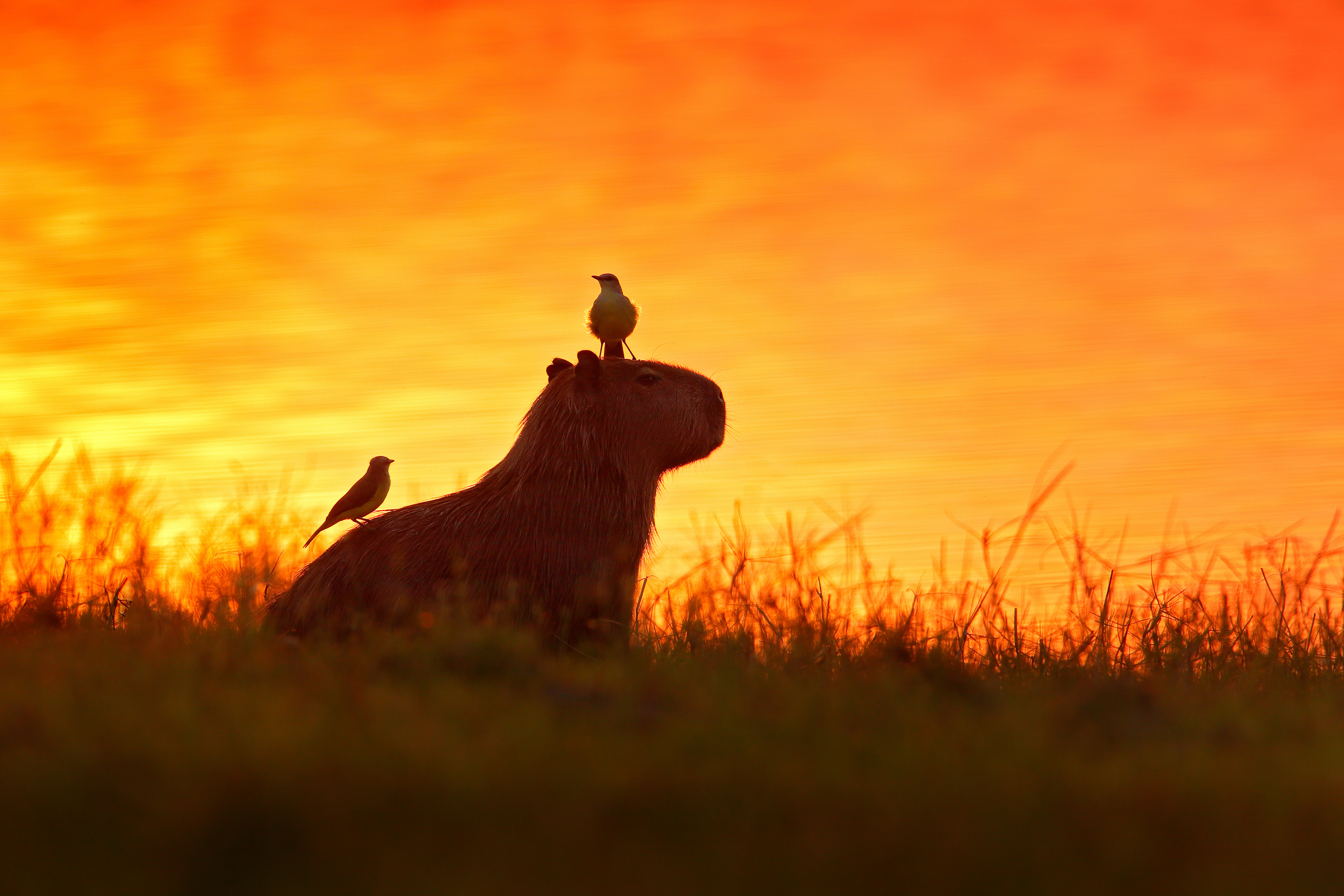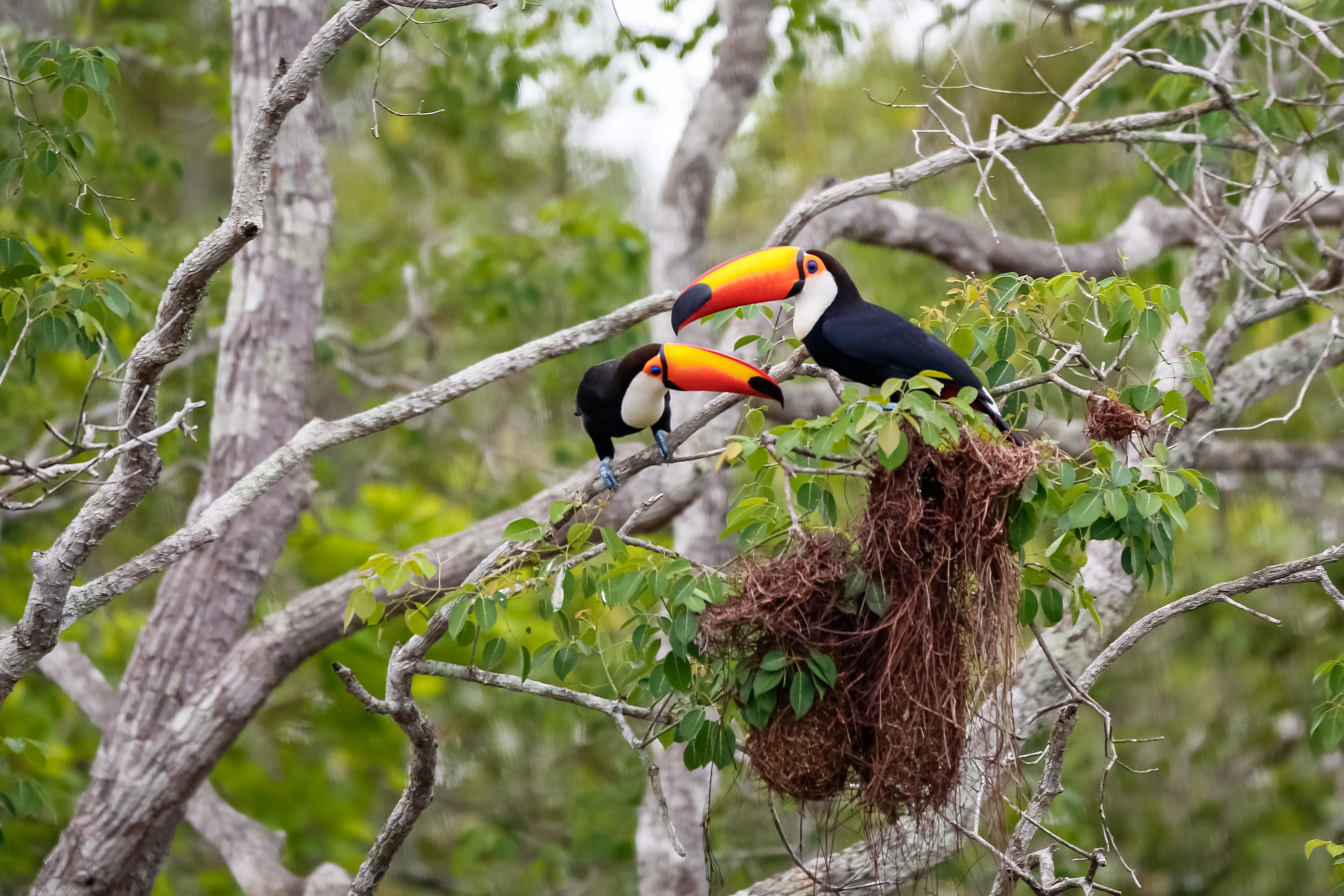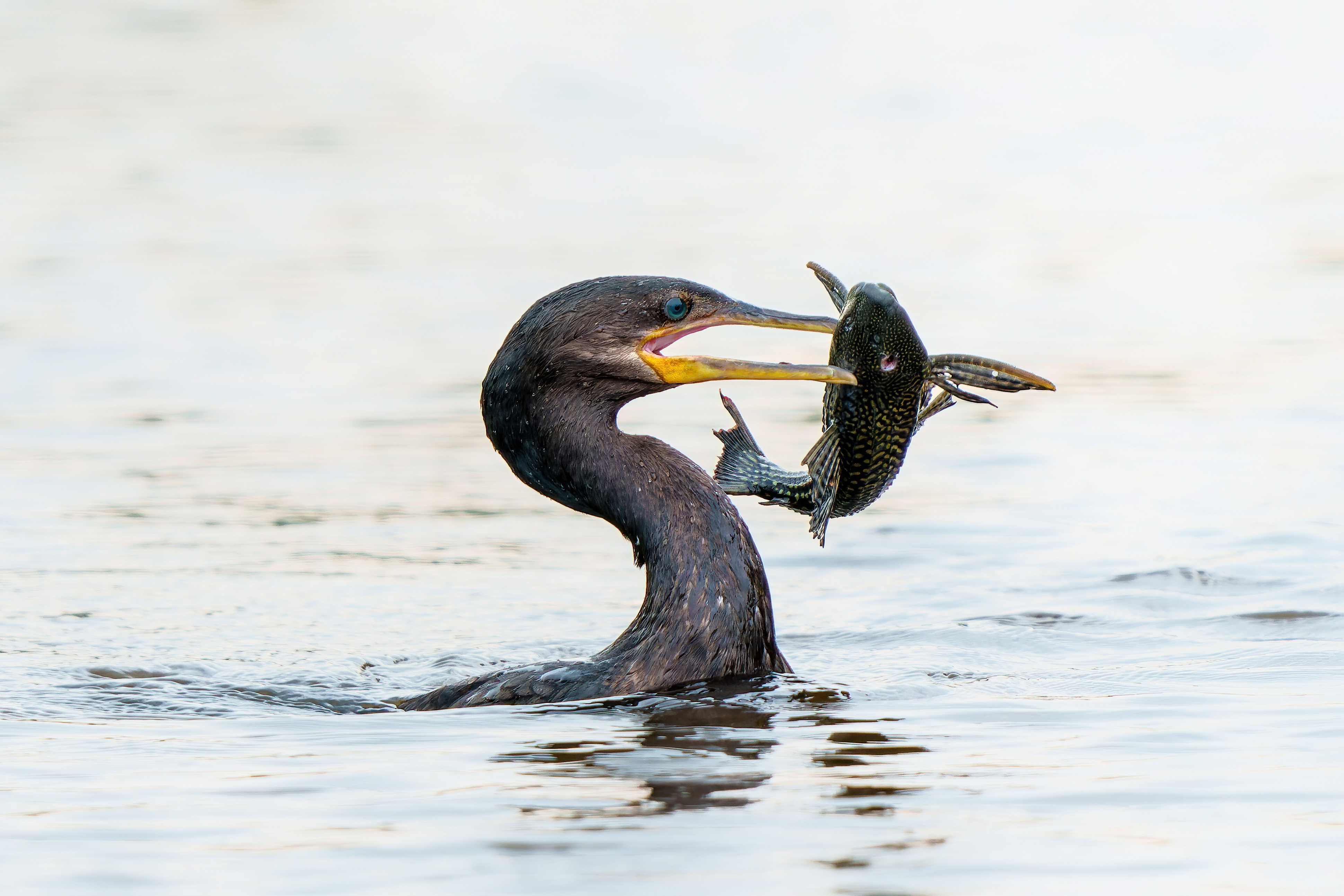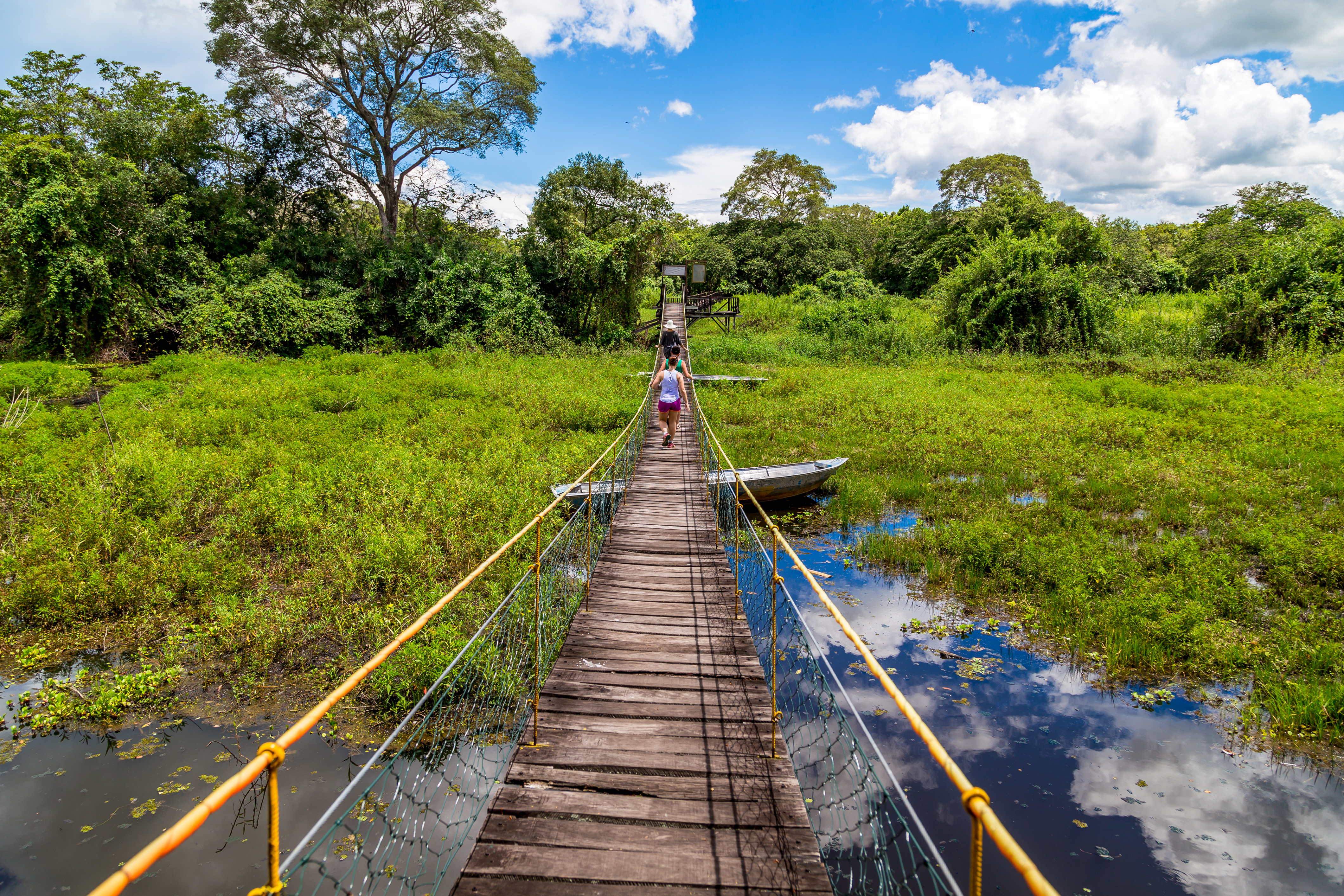Explore the Pantanal – The World’s Largest Wetland
Stretching over 70,000 square miles across central-west Brazil and extending into Paraguay and Bolivia, the Pantanal is the world's largest tropical wetland. A designated UNESCO World Heritage Site, this vast and unspoiled ecosystem is a haven for nature lovers, offering some of the most spectacular wildlife encounters on Earth.
Often overshadowed by its more famous neighbour, the Amazon Rainforest, the Pantanal is actually South America’s top wildlife destination. Here, you’ll find an astonishing variety of animals, including caimans, howler monkeys, giant otters, capybaras, anacondas, and even the elusive jaguar. Unlike the dense Amazon, the Pantanal’s open landscapes provide unparalleled wildlife visibility, making it the best place to observe these incredible creatures in their natural habitat.
Why Visit the Pantanal?
The Pantanal is South America’s top wildlife destination, offering rare encounters with jaguars and giant anteaters, and exotic birds like the hyacinth macaw and jabiru stork. Its open landscapes provide better wildlife visibility compared to the dense Amazon, making it perfect for safaris, boat tours, and night expeditions. With stunning wetlands, lush greenery, and immersive activities, the Pantanal is an unforgettable adventure for nature lovers and thrill-seekers alike.

Brazil

-3 hours

Real (BRL)

Onçafari Jaguar Safari
Best Time To Go
The dry season in the Pantanal runs from April to October, with temperatures ranging from 23°C to 28°C. This is the best time to visit, as wildlife is more visible and active. For the best chance to spot jaguars and enjoy excellent birdwatching, plan your trip between July and September.
The wet season, from November to March, brings heavy rains that flood over 80% of the region, making travel more difficult. It’s generally advised to avoid the peak of the wet season, especially from December to February, as access to certain areas becomes limited.
About The Pantanal and Things to do
The Pantanal, located in Brazil, Paraguay, and Bolivia, is the world’s largest tropical wetland and is split between the Mato Grosso (northern) and Mato Grosso do Sul (southern) states. The southern region, particularly the town of Campo Grande, serves as the main access point. This biodiverse region, often overlooked in favour of the Amazon, offers some of the best wildlife viewing in South America, with expansive marshlands and waterways that make spotting animals a breeze. Lodges and ranches across the Pantanal offer guided excursions, providing immersive experiences, and the best way to explore is often by boat, gliding through lagoons and waterways to spot wildlife in their natural habitat.
Things to Do in the Pantanal:
- Onçafari Jaguar Safari – Embark on a thrilling jaguar safari and witness these magnificent big cats in their natural habitat.
- Hyacinth Macaw Project – Visit this important conservation project dedicated to preserving the endangered hyacinth macaw.
- Wildlife Watching – Spot jaguars, giant otters, capybaras, lowland tapirs, and over 700 bird species, including the iconic hyacinth macaw.
- Photography – Capture stunning wildlife moments and picturesque marshlands with expert guidance from local photographers.
- Boat Tours – Explore the waterways for close-up wildlife encounters, including caimans and marsh deer.
- Jeep Safaris – Take a customised jeep tour through the wetlands to cover more ground and spot elusive animals.
- Hiking – Trek through nature trails with expert guides for a deeper understanding of the region’s flora and fauna.
- Horseback Riding – Ride through the marshes and observe wildlife from a unique vantage point.
- Birdwatching – Spot rare species like the Toco Toucan and Bare-faced Curassow, and enjoy some of the best birdwatching in the world.
Highlights of The Pantanal
Some of the sights and experiences in The Pantanal

